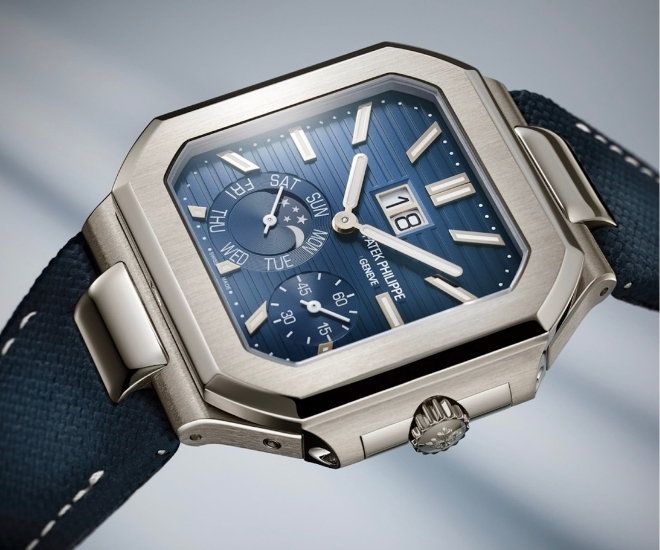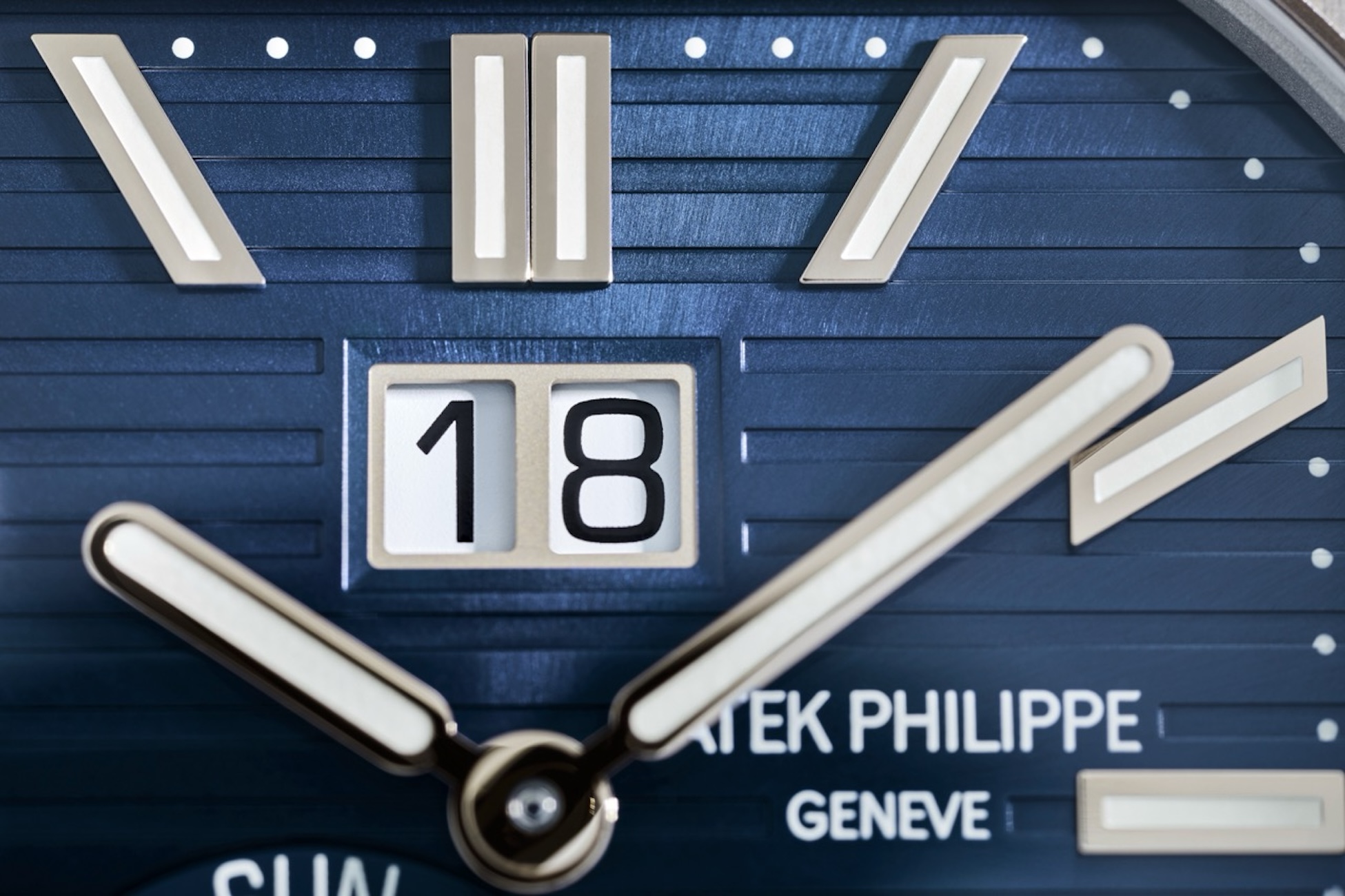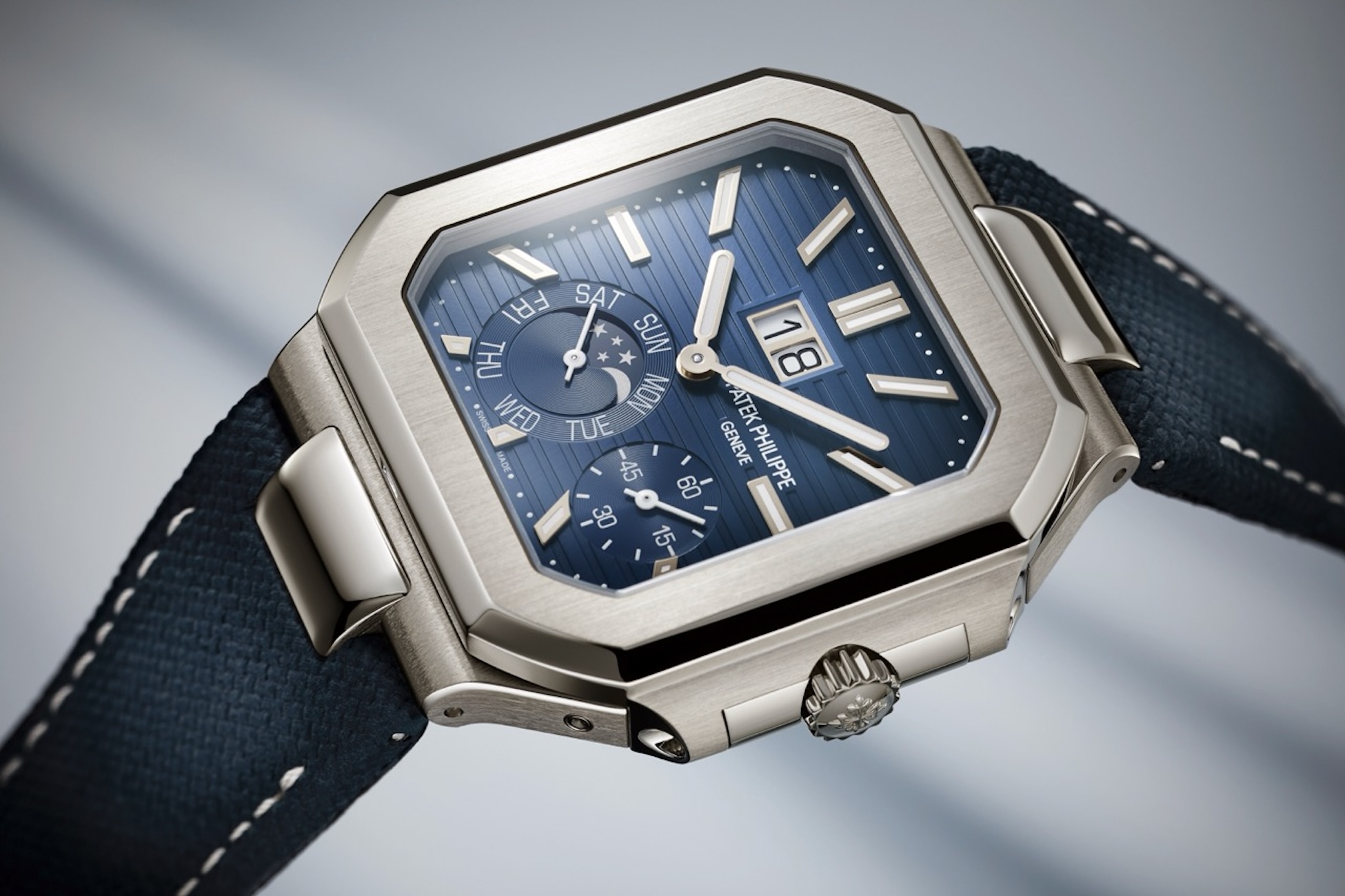
The densest metal in popular use in watchmaking is a favourite with this magazine and developments on the gold front continue to give us hope; however, by ranking platinum right in the middle here, we concede that the world is unlikely to see radical developments. Skip ahead to our concluding section for a personal take on this. For now, as usual, here are just a few pointers on platinum, lifted from our special three years ago; more details are available online and we will link to them in the online version.

Platinum Properties
Platinum’s atomic number is 78 and it is listed in the periodic table of elements as Pt (also how it is denoted on watch cases). It is part of the group 10 chemical elements in the periodic table, alongside humble nickel and palladium, while also being the core constituent of what we call the platinum group of metals, alongside palladium, rhodium, ruthenium, iridium and osmium. We will make a note about density shortly, but first, on hardness, platinum tops gold. On the Vickers scale (in MPa), platinum scores 549 while gold is just 216. For some context, aluminium is 167 and titanium is 970; these numbers are all for pure metals and will change once alloyed. In terms of tensile strength, platinum and gold are roughly equal.
Platinum has been in watchmaking and jewellery for a very short time, relative to gold and silver. This means the early 20th century, and there is just one standard for platinum, which is platinum 950 (95% pure). Aside from titanium, platinum might just be the purest metal in use in watchmaking; gold is just 75% pure, by way of contrast.
This brings up the most common refrain about platinum, as mentioned above. In pure forms, platinum is just 8% denser than gold, and that number might surprise you. This is primarily because we are often told that platinum is 60% denser than gold, which is a reference to platinum 950 and 14k gold. When it comes to 18k gold, the number is approximately 30+%. The practical effect of the resulting confusion from these numbers is primarily felt most viscerally in watches and jewellery, but the effect overall is that the general public has the idea that this brings up the most common refrain about platinum, as mentioned above.

Density vs Gold
In pure forms, platinum is just 8% denser than gold, and that number might surprise you. This is primarily because we are often told that platinum is 60% denser than gold, which is a reference to platinum 950 and 14k gold. When it comes to 18k gold, the number is approximately 30+%. The practical effect of the resulting confusion from these numbers is primarily felt most viscerally in watches and jewellery, but the effect overall is that the general public has the idea that platinum is so heavy as to be impractical to wear.
As mentioned in the introduction, platinum is today mainly used for industrial purposes, with the automotive industry using up to 50 per cent of available material (projected as 41.45 per cent for 2022 on Statista). The estimated percentage for watches and jewellery stands at 21.27 per cent; investments do not even warrant a predicted percentage. Gold, by way of contrast, is estimated to be used by the watch and jewellery sector, and for investments, to the tune of 90 per cent.
Like many pundits, we predicted a rise in platinum cases and continue to argue for more. This year sees brands continue on this path, but just the usual suspects, including Patek Philippe, Vacheron Constantin (the Traditionnelle Tourbillon Perpetual Calendar, to cite just one example), Chopard, Cartier, A. Lange & Sohne and Parmigiani Fleurier. To see a big wave in this area, we need to see offerings from watchmaking brands that are climbing the value chain, such as Hublot. After all, Parmigiani Fleurier’s embrace of cermet is one of the reasons we think so highly of ceramic as a material to watch in watchmaking.
This story was first seen as part of the WOW #79 Summer 2025 Issue
For more on the latest in luxury watch reads, click here.

